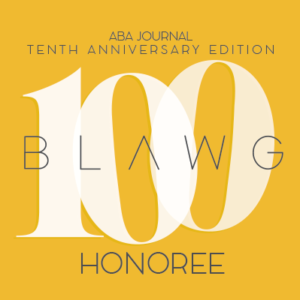In a recent guest post, Richard Wolfram discussed his objections to recent First and Third Circuit decisions on summary judgment in antitrust collusion cases. See Supreme Court Dodges Question of Antitrust Summary Judgment Standard, Higher Bar to Reach Jury Splitting Circuits, Will Valspar Be Up Next? Mr. Wolfram wrote:
As Evergreen [First Circuit case] explained in its petition, and as applies equally in Valspar [Third Circuit case], to require that the plaintiff show by a preponderance of evidence on summary judgment that a jury would find in its favor effectively pre-empts the role of the jury, infringes on the Seventh Amendment right of the plaintiff, and is illogical, in effect raising the bar by requiring that the plaintiff satisfy the preponderance standard at both the summary judgment phase and at trial. Inquiring minds may wonder — will Valspar be the vehicle where the Court finally addresses these issues?
The plaintiff in Valspar just filed a Petition for Panel Rehearing and Rehearing En Banc in the Third Circuit. Echoing the comments made by Mr. Wolfram, appellant’s petition states:
En banc review is necessary because the panel’s decision eviscerates the protections of Section 1 of the Sherman Antitrust Act by making an unprecedented summary judgment standard for plaintiffs trying to prove a price-fixing conspiracy by circumstantial evidence in the Third Circuit. A majority of the panel incorrectly created a new “more likely than not” standard to evaluate circumstantial evidence at summary judgment.
Valspar’s petition is here: Valspar en banc petition.
Stay tuned. Thanks for reading

